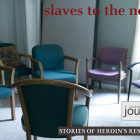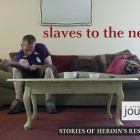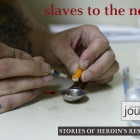
Foundation Honors Champions of Juvenile Justice Reform
|
WASHINGTON, D.C. -- Arrested and convicted as a teenager, Starcia Marie Ague made a decision to escape her present and her troubled past by focusing on her education. She finished high school and began taking college courses while still incarcerated. Upon her release, she completed an associate’s degree at a community college in Spokane, Wash., and went on to graduate from Washington State University with a bachelor’s degree in criminal justice in 2010. This afternoon, Ague, who once spent six years in secure juvenile facilities, became the youngest person honored as a Champion for Change by the John T. and Catherine D. MacArthur Foundation, an award reserved for people who have demonstrated a commitment to improving the way things work in the juvenile justice system and who have creatively used the resources provided by the MacArthur Foundation’s Models for Change initiative to push for system reform. Six other people received the awards, announced today at the 7th annual Models for Change national conference in Washington, D.C. They are Lisa M. Garry of the Maryland Department of Juvenile Services; Laura Cohen of the Rutgers School of Law-Newark; Gene Griffin of the Northwestern University Feinberg School of Medicine; Arthur D. Bishop of the Illinois Department of Juvenile Justice; Sharon Guy Hornsby of Northshore Technical Community College, Florida Parishes Campus; and George D. Mosee Jr. of the Philadelphia District Attorney’s Office, Juvenile Division.







